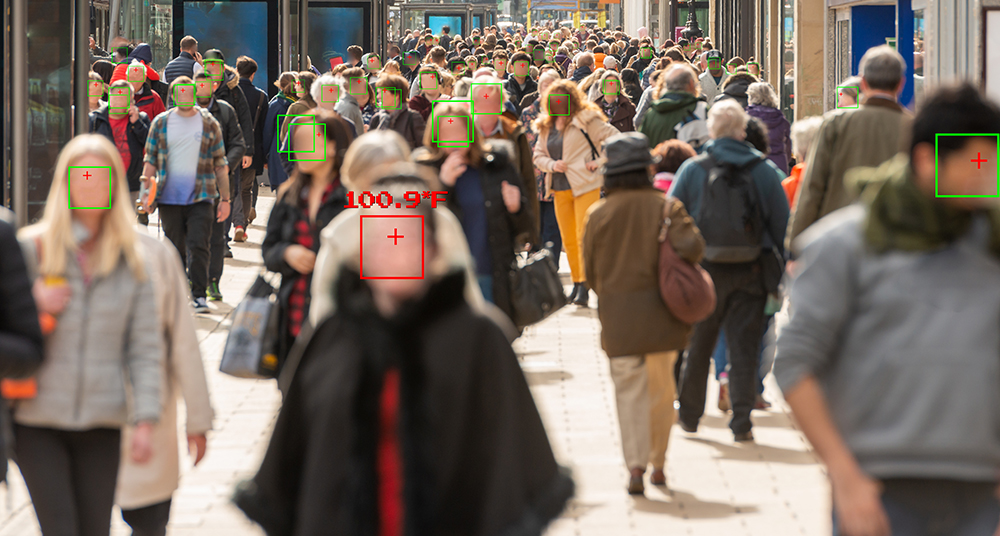
In the midst of national demonstrations to raise awareness of police brutality and racial inequality in the U.S., three tech giants — IBM, Amazon and Microsoft — announced that they will no longer sell their face recognition technology to police, with IBM further stating the company was getting out of the face recognition market altogether. In an open letter posted on IBM’s THINKPolicy Blog, IBM CEO Arvind Krishna stated among other things, that “Vendors and users of Al systems have a shared responsibility to ensure that Al is tested for bias, particularity when used in law enforcement, and that such bias testing is audited and reported.” While that may be bad news for some, it creates a massive opportunity for smaller players and newcomers who are focused on working harder to build a truly open image diversity database.
First developed in the 1960s, face recognition technology has gone through decades of refinement, but it is only through the discovery of errors and weaknesses can the technology continue to evolve. Painful as it may be, the process has been the same for many innovative technologies and breakthroughs, such as the Internet, smartphones, connected vehicles, contactless payments and various forms of artificial intelligence (AI). There’s no denying, however, that face recognition holds tremendous potential to simplify, secure and improve nearly every aspect of our lives when used responsibly. Use case evidence and widespread consumer adoption suggest it already has. In addition to Apple, which advanced face-recognition technology for smartphones by using miniature 3D sensors to create a 3D model of the face, brands including Huawei, Motorola, Samsung, OnePlus, Poco, Google and LG among others are offering the feature to improve security and simplify access. Beyond unlocking phones, mobile app developers are incorporating the technology for a broad spectrum of uses, from providing entertainment to inspiring creativity. The latest in smart home technology includes security cameras with facial-recognition software that allow users to create a database of friends and family, with some capable of identifying the faces it sees and sending alerts, with names when possible, to the owner’s smartphone.
In the finance sector, both OCBC Bank in Singapore and Tesco Bank in the U.K. have been offering millions of customers the ability to make payments and view account information using their smartphones and face recognition apps since 2017. In 2019, Spain’s CaixaBank launched the world’s first automated teller machines (ATMs) that allow clients to withdraw cash using their faces instead of PIN codes, and in October 2019, Malaysia’s Hong Leong Bank introduced eToken, with built-in first-in-market biometric facial-recognition technology for mobile devices to authenticate log-ins and approve payments on its business online banking platform.
The Journal of AHIMA, the official publication of the American Health Information Management Association, highlights use cases that include hospital and clinic admissions, medication and pain management, assisting the blind, testing for specific genetic diseases, plastic surgery accuracy and security and staff verification for accessing sensitive data and areas of buildings. The Journal also suggests the technology could prevent patient identification errors, which the Emergency Care Research Institute (ECRI) reports there were 7,600 such wrong-patient events occurring between January 2013 and August 2015. Now, with the global pandemic, one company, KanKan AI, has engineered the technology to rapidly bring to market touch-free equipment to help in the detection of the coronavirus and limit the infection rates—claiming 99.83% accuracy in other industries such as retail, travel and finance.
Allied Market Research expects the facial recognition market to grow to $9.6 billion by 2022, and many industries are counting on it. Most of the major car companies are investing in it to create the cockpit of the future, where a driver’s dashboard will be able to identify who is behind the wheel, as well as their physical state—drowsiness, inebriation or a sudden health event that may cause impairment—and kick into autopilot if necessary. But that’s just a fragment of the market.
There is no question that face recognition technology is at a critical juncture, with the need for an improved system that can be trusted and that is unbiased towards women and minority groups.
In the meantime, the lanes are wide open for smaller tech companies. For those willing to push the boundaries and bring diverse voices to the “facial recognition development table,” now is the time to lead.
Edited by
Ken Briodagh





